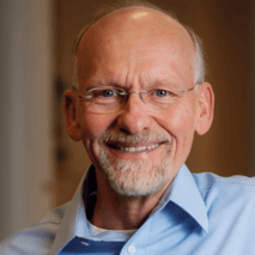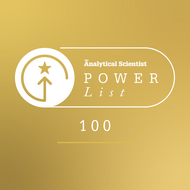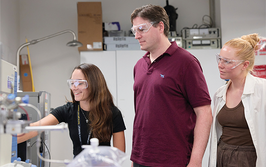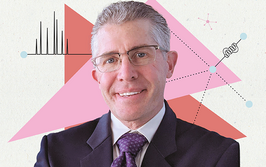Richard (Dick) Smith
The Power List 2015

Richard (Dick) Smith
Battelle Fellow and Chief Scientist, Biological Sciences Division, Pacific Northwest National Laboratory (PNNL), Washington, USA.
Most important lesson Not to be constrained by conventional wisdom, and to try to think beyond the next step – for example, if an experiment or study works out as hoped or expected, then what? And will this really lead to something significant?
Encounters with serendipity Not sure about ‘serendipity’, but certainly luck! One example goes back to the early 1980s when I first learned about capillary zone electrophoresis (CZE), and thought it would be really fantastic if this could be coupled with mass spectrometry. There was no obvious way to do this that really had a chance of being useful. Then in 1984 I was at an ACS meeting, and happened to listen to a talk by future Nobel Laureate John Fenn, who was speaking on some of his early work with electrospray ionization-MS. I started thinking immediately how CZE might be used with it, and ultimately developed an ESI-MS interface that allowed this – and actually had broader utility. In 1988, Fenn reported how ESI enabled the effective analysis of proteins by MS for the first time, and while everyone in the MS community was immediately interested in taking this approach, instrumentation was not yet available to do this effectively. However, by that point already I had already designed – and with the help of a talented post doc – successfully constructed a very effective ESI-MS instrument and already had several publications describing our initial explorations of CZE-MS. This allowed us to move our research much faster than others in a number of important new directions, including many of those of interest today. Certainly some luck; perhaps serendipity!
Most unexpected outcome I would never have guessed that I would still be at PNNL after 40 years! I came to PNNL with the intent of staying a few years, and then moving on to an academic position. It turned out that PNNL was close to an ideal match for my interests and personal strengths as a scientist.
Eye on the horizon My current greatest passion involves the development of new analytical approaches and technologies based around something I call ‘Structures for Lossless Ion Manipulations’ (SLIM). In short, we have developed a general new approach for ion separations, reactions, trapping, and other manipulations that is truly effective and allowing us to do things never before possible. The separations can occur at speeds and with resolving power never before achieved. This work is really just beginning, and is presently being conducted by a small team in our larger Group at PNNL, but I expect its size (and funding!) to grow rapidly over the next few years. One of my expectations is that the very high resolution and quite fast ion mobility separations with MS will, in many cases, displace on-line LC-MS. Such a development, if truly effective, would enormously increase the throughput possible with MS. Another related area of interest we are beginning to think about seriously is massively parallel MS, in which a single analytical platform would incorporate many (perhaps thousands) of high performance MS analyzers, and provide another huge boost in throughput. In conjunction with SLIM technology, it could be used with ion-mobility-based fractionation and separations to not only increase measurement throughput, but also the ‘depth’ (completeness) of proteomic and other measurements.
Sitting Down With interview: tas.txp.to/1015/Smith


















